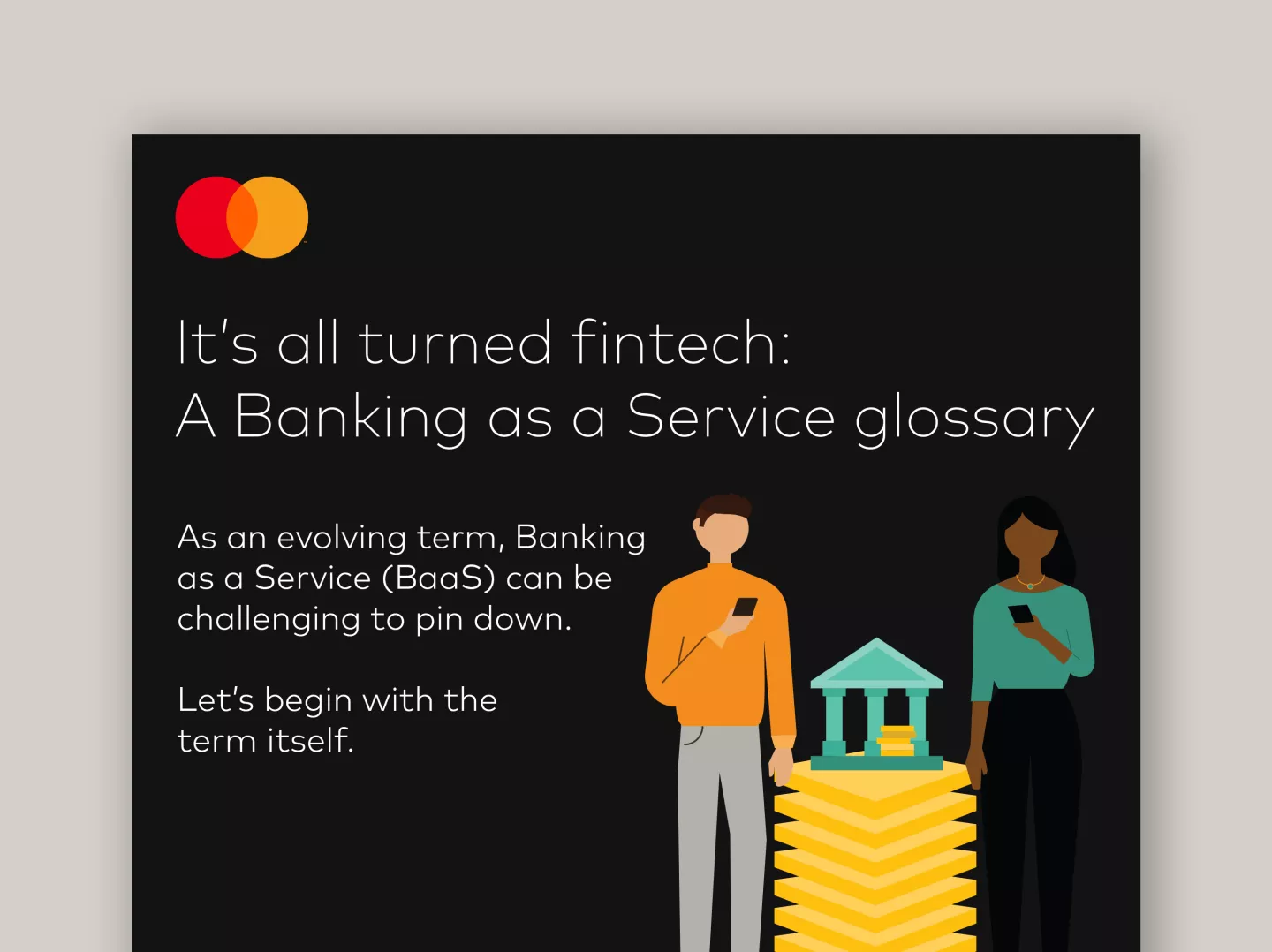Open banking, embedded finance, modular banking, banking as a platform.
Fluid terms in a dynamic space. Underpinning and broadly unifying that space is another term: Banking as a Service (BaaS).
It is worth billions. Even a conservative estimate—which leaves out non-traditional banking services like point-of-sale lending and customer-consented payment initiation services—projects a rise in total BaaS revenue from US$1.7 billion in 2021 to over US$17.3 billion in 2026, according to Juniper Research. Factor in the breadth of financial services beyond core banking, such as investments and insurance, and that projection of double-digit billions comfortably moves into triple digits.
Yet the mix of terminology is confusing enough to warrant a glossary. Providers and distributors of BaaS, such as banks and financial technology (fintech) companies, can benefit from finer distinctions to better avail of the opportunities BaaS brings. A more refined understanding allows for a more considered approach that can flex with the evolution of BaaS through its various terminological guises.
BaaS has grown via application programming interfaces (APIs) that allow banks to easily connect with external parties to provide financial services for more integrated customer experiences. Activity for now is largely restricted to connections with newer businesses created with an API mindset, but the future will see more and more public-facing consumer brands embrace APIs across many industries.
As “API first” becomes the rallying cry to replace “digital first,” a proliferation of BaaS will result.
Already, 85% of senior executives—surveyed across a broad three-way split between banks, tech/fintech companies, and other customer-facing brands—claim to implement or plan to soon implement BaaS, according to research by Finastra. For some businesses, that implementation will be as providers or distributors; for others, it will be as recipients who own the relationship with the end consumer. For all, a resolution of the confusion in the space will be paramount.
This report aims to guide banks and fintech companies in their business decisions as providers and distributors of BaaS. It is divided into three parts:
Part one looks at the relationship between BaaS and open banking and how it connects with embedded finance.
Part two looks at an aggregated approach to BaaS as it evolves into hosted marketplaces and ecosystems via modular banking and Banking as a Platform.
Part three looks at how banks and fintech companies can enable BaaS at scale.











